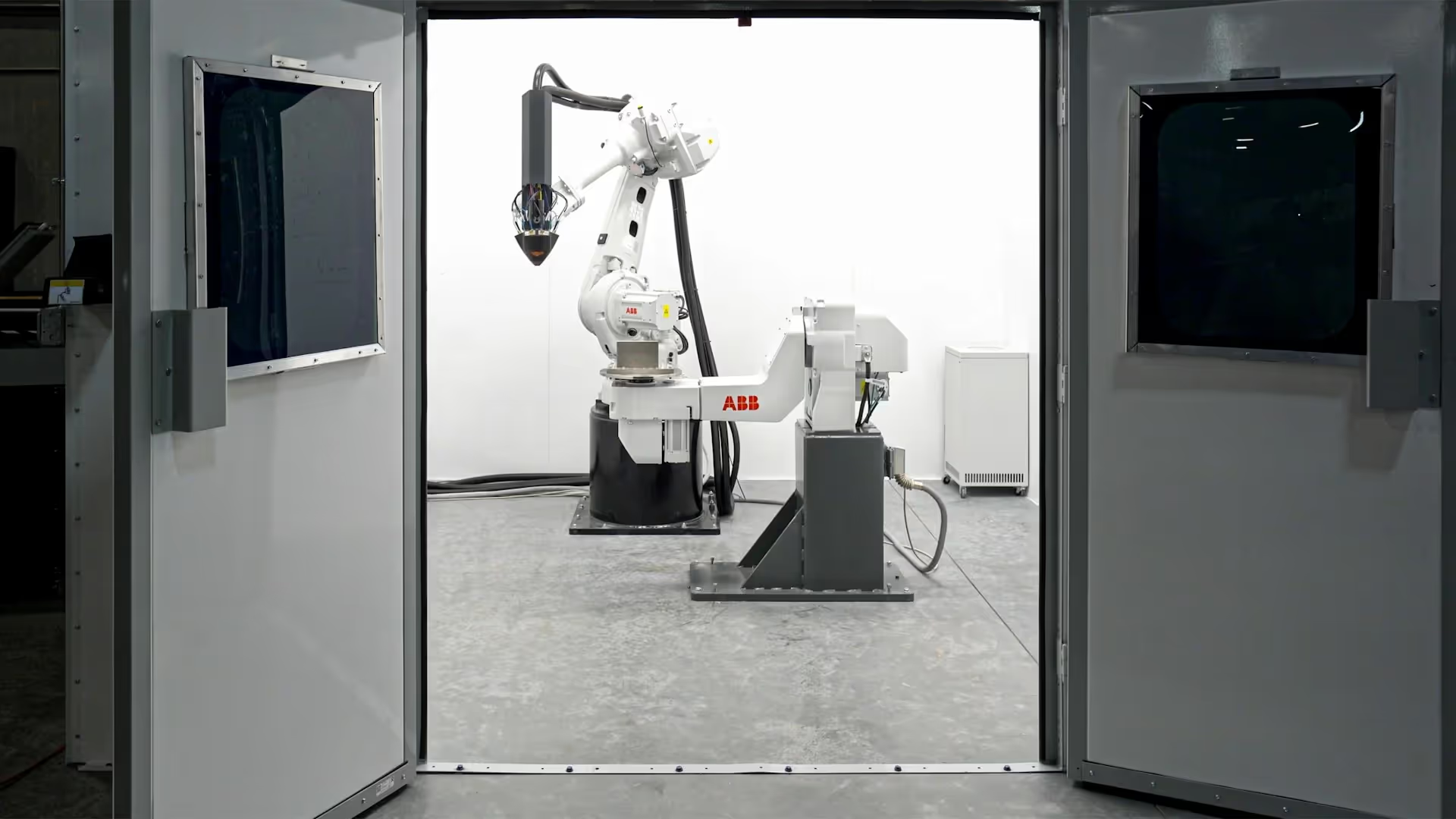A New Era for Sustainability
For decades, businesses treated sustainability as a compliance requirement — a box to tick for regulators or a line in annual reports for investors. Today, that perception has shifted dramatically. Sustainability has become a driver of innovation, reputation, and competitive advantage. At the center of this transformation is the rise of GreenTech platforms, delivering sustainability as a service to enterprises of all sizes.
This shift signals a profound change: companies no longer have to navigate the complexity of decarbonization, resource optimization, and ESG reporting alone. Instead, they can turn to specialized platforms that combine software, sensors, and analytics to help them measure, manage, and improve their environmental performance.
Why Platforms Are Essential
Sustainability is inherently complex. It requires monitoring carbon emissions across supply chains, optimizing energy consumption in real time, complying with multiple global standards, and communicating progress to stakeholders. Traditional spreadsheets and manual reporting simply cannot keep pace.
GreenTech platforms fill this gap. They act as centralized ecosystems where companies can gather data from multiple sources — IoT sensors in factories, smart meters in offices, logistics data from fleets — and transform it into actionable insights. These platforms then provide tools to cut waste, lower emissions, and even forecast sustainability performance years into the future.
The result is that sustainability becomes operational and measurable, rather than abstract and aspirational.
The SaaS Model Meets GreenTech
The rise of Sustainability-as-a-Service follows the same path that cloud computing took more than a decade ago. Just as SaaS allowed businesses to adopt enterprise software without large upfront costs, GreenTech platforms lower the barrier to sustainability.
Companies no longer need to invest heavily in bespoke systems or in-house expertise. Instead, they can subscribe to services that scale with their needs. For small businesses, this may mean simple energy monitoring dashboards. For multinationals, it may mean integrated platforms that cover every aspect of ESG strategy — from carbon tracking and compliance reporting to scenario modeling and supplier engagement.
This subscription model democratizes sustainability, making it accessible not just to industry giants but to startups and SMEs that want to compete responsibly.
Data as the Fuel for Green Innovation
At the heart of these platforms is data. The old adage “you can’t manage what you don’t measure” has never been more relevant. GreenTech platforms leverage advanced analytics and AI to uncover inefficiencies that would otherwise remain invisible.
For example, a logistics company using a sustainability platform might discover that optimizing delivery routes cuts fuel consumption by 20%. A manufacturer might use IoT-enabled energy dashboards to reduce power waste during idle machine hours. Retailers can track waste streams across hundreds of locations, identifying patterns that point to opportunities for circular economy practices.
This data-driven approach transforms sustainability from a vague ideal into a continuous improvement cycle.
The ESG Reporting Imperative
Regulators and investors are demanding transparency. The European Union’s Corporate Sustainability Reporting Directive (CSRD), the SEC’s climate disclosure proposals in the U.S., and similar frameworks worldwide are pushing companies to publish credible, verifiable sustainability data.
GreenTech platforms are increasingly serving as compliance engines, helping companies not only gather data but also align it with global reporting standards. By automating much of the reporting process, they reduce errors, lower administrative costs, and improve credibility with stakeholders.
What was once a painful annual reporting exercise is becoming a real-time sustainability dashboard — an operational tool as vital as financial reporting systems.
Case Studies: GreenTech in Action
- Microsoft’s Cloud for Sustainability: Offers enterprises tools to record, report, and reduce their environmental impact, integrating sustainability insights directly into business processes.
- Plan A (Berlin-based startup): Provides automated carbon accounting and decarbonization solutions for companies across Europe, using machine learning to suggest reduction strategies.
- Schneider Electric’s EcoStruxure: Connects IoT sensors with analytics to optimize building energy use and industrial operations worldwide.
These examples show that GreenTech platforms are not niche experiments. They are rapidly becoming central to global business infrastructure.
The Competitive Advantage of Sustainability-as-a-Service
The shift to platform-driven sustainability creates a new kind of competitive advantage. Companies that adopt GreenTech platforms can:
- Win customers and investors who prefer sustainable partners.
- Reduce costs through energy efficiency and waste reduction.
- Attract talent, as younger employees increasingly choose employers aligned with environmental values.
- Future-proof their operations against tightening regulations and resource scarcity.
What makes this advantage particularly powerful is its compound effect: the longer a company uses a GreenTech platform, the more insights it gathers, and the further ahead it pulls from competitors.
Challenges to Overcome
Of course, the rise of GreenTech platforms is not without hurdles. Data integration remains a challenge, especially for global companies with complex supply chains. Smaller businesses may still struggle with the cost of adoption, even under SaaS models. And the sector must ensure transparency — sustainability platforms must avoid accusations of “greenwashing tech” by ensuring that reported gains are real and verifiable.
Another challenge is the need for collaboration. Sustainability cannot be achieved in silos. Platforms must evolve to connect not only internal company operations but also external partners — suppliers, logistics providers, and even customers — to create shared accountability across ecosystems.
The Future of Sustainability-as-a-Service
Looking forward, the next generation of GreenTech platforms will likely combine IoT, AI, and blockchain to provide even more robust sustainability tools.
- IoT will expand real-time data collection across supply chains.
- AI will improve predictive capabilities, helping businesses anticipate resource needs and climate risks.
- Blockchain may provide tamper-proof sustainability records, ensuring trust across ecosystems.
In parallel, we’ll see the rise of specialized platforms targeting specific industries — agriculture, energy, logistics, and construction — where sustainability challenges are unique but solvable with tailored digital solutions.
A Defining Moment for Business
Sustainability as a service is more than a business trend. It represents a fundamental shift in how companies think about responsibility and innovation. Instead of seeing sustainability as a cost, businesses are reframing it as an opportunity for efficiency, growth, and trust-building.
Just as cloud computing became a non-negotiable for digital enterprises, GreenTech platforms are poised to become the non-negotiable backbone of sustainable business. Companies that embrace them today are not just future-proofing operations — they are shaping the very definition of what it means to succeed in the 21st century.







